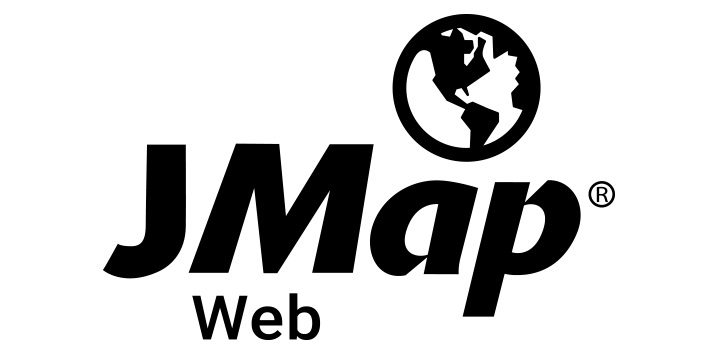kEiThZ
Superstar
If the trip from Toronto to Montreal with HFR will take 4:45 then really this doesn't help with driving more passengers on this route. Right now the route takes about 5hrs at best of times. A 15min savings even with more frequent services won't do much. It would increase more leisure passengers sure for the convenience and cost over flying but it won't tackle the business crowd. 5hrs is too long to get to Montreal by train. It needs to be between 3-4hr window to compete with flying. Get it under 4hrs and frequent service and people will take the train over flying this short distance.
1) Toronto-Montreal is not the only market that is important on the Corridor.
2) HFR was never intended to be competitive with flying. That it is on some segments is a bonus.
3) VIA has half a dozen direct trains to Montreal. The fastest is scheduled at 4:49. The slowest direct is 5:28. The average of the direct routings is 5:03. And all that is before accounting for regular delays. Buses take 6+ hrs. So a reliable 4:45 schedule with decent pricing will do decently enough. It's not going to take share from airlines. But will take share from buses and some drivers. Good enough.
Last edited:





